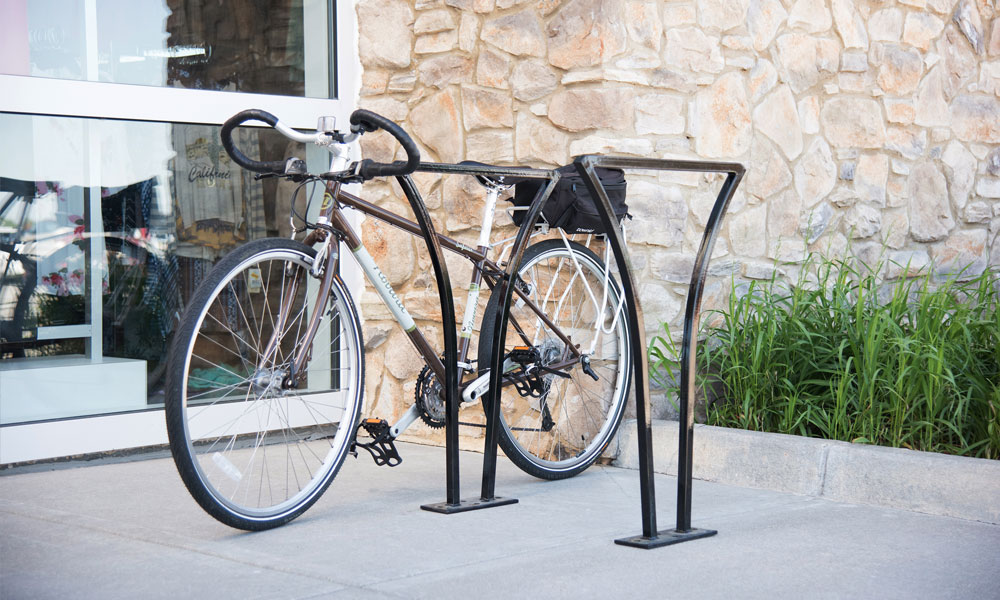Introduction
In current years, moving has become more common as a mode of conveyance and recreation. With this rise in celebrity, the need for high-quality bike racks has likewise increased. Hitch bike racks are a standard choice for many cyclists, offering a secure and appropriate way to transport bikes.
When crafty a hitch bike rack, there are various important determinants to consider to guarantee functionality, security, and user usefulness.
1. Compatibility with Hitch Receiver
One of the critical factors to examine when crafty a hitch bike rack is ensuring rapport with various types of hitch receivers. Hitch recipients come in miscellaneous sizes, such as 1.25-inch and 2-inch, and it is owned to ensure that the bike rack is agreeable with ultimate common sizes.
2. Bike Capacity
Another main factor to analyze is the capacity of the hitch bike rack. Designing a rack that can solidly hold multiple bikes is essential for cyclists who frequently transport in addition one bike. Whether it is a two-bike or four-bike rack, the design bear prioritizes balance and safety for fear that bikes from moving or affected during conveyance.
3. Ease of Loading and Unloading
Designing a hitch bike rack that is smooth to load and unload is key to providing a foolproof experience. Features in the way that adjustable cradles, smart-release mechanisms, and tilt-unhappy design can greatly reinforce the convenience of stowing and unloading bikes. Cyclists should be able to easily escalate their bikes to the rack without the need for additional tools or help.
4. Security Features
Safety and security are principles when designing a hitch bike rack. Incorporating appearance such as locking means for both the bikes and the rack itself can help check theft and guarantee peace of mind for cyclists. Additionally, antagonistic-sway cradles and sturdy straps are essential for consistency in bikes securely working during conveyance, reducing the risk of damage or accidents.
5. Durability and Weather Resistance
A well-planned hitch bike rack should be made from durable matter that can withstand routine use and outdoor pieces. Factors such as rust-opposing coatings, weatherproof construction, and durable welds are essential for ensuring the durability of the rack. Designing a solid rack will provide cyclists accompanying a reliable and enduring transportation answer.
6. Space Efficiency
Space efficiency is another main consideration when crafty a hitch bike rack. The design should exaggerate the use of available scope on the vehicle while guaranteeing that bikes are securely and compactly stored.
7. Weight Capacity
Considering the weight competency of the hitch bike rack is crucial to guaranteeing the safe and constant transportation of bikes. It is important to factor in the burden of the rack itself to ensure that it does not surpass the vehicle’s maximum capacity.
8. Ease of Installation
Designing a hitch bike rack that is smooth to install and remove is essential for user usefulness. The rack should create clear instructions and agreeable hardware to guarantee a straightforward installation process.
Conclusion
Designing a hitch bike rack demands careful concern of factors in the way that compatibility, volume, ease of use, protection, durability, room efficiency, pressure capacity, and installation. By prioritizing these key factors, designers can design an excellent and user-friendly bike rack that meets the needs of cyclists pursuing a reliable and useful way to transport their bikes.





